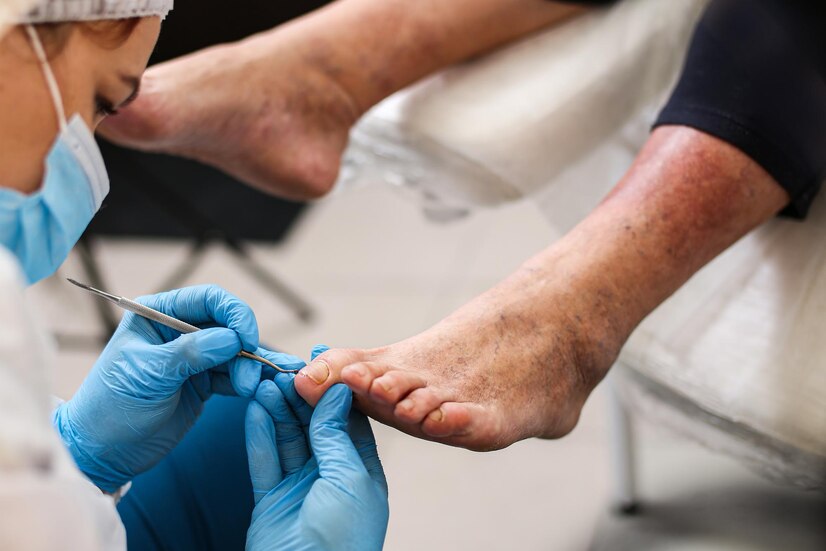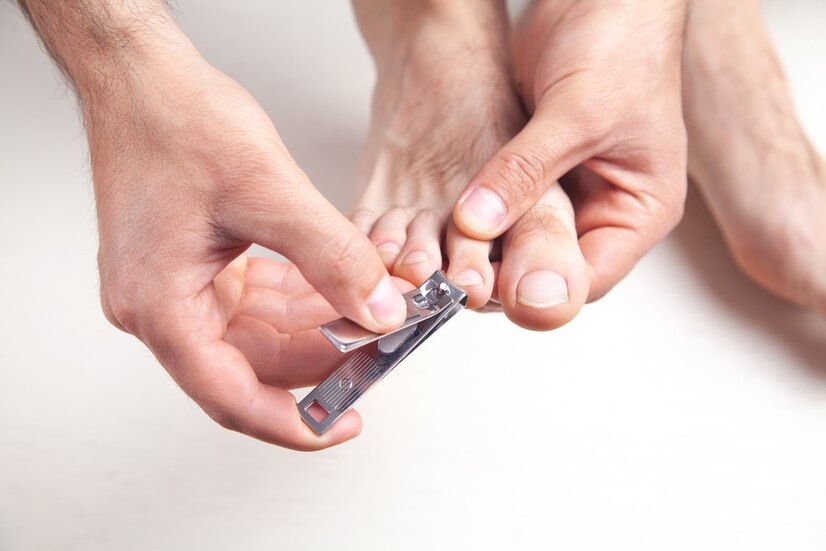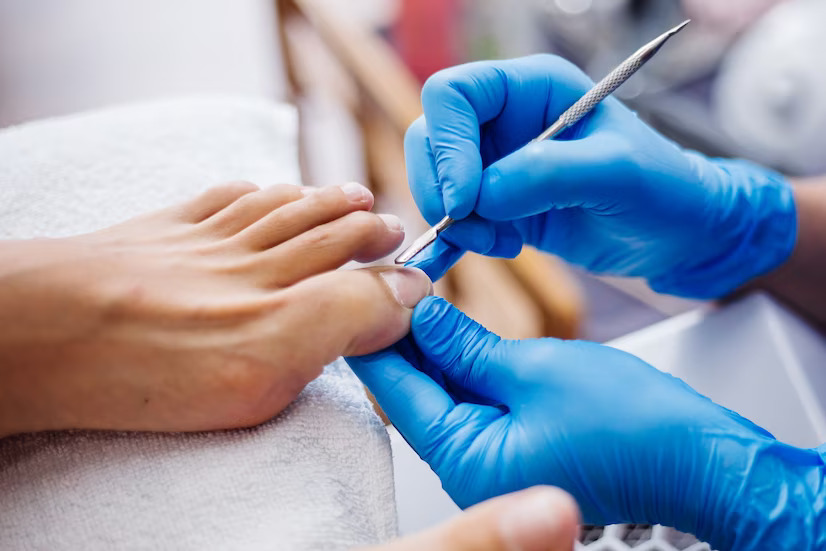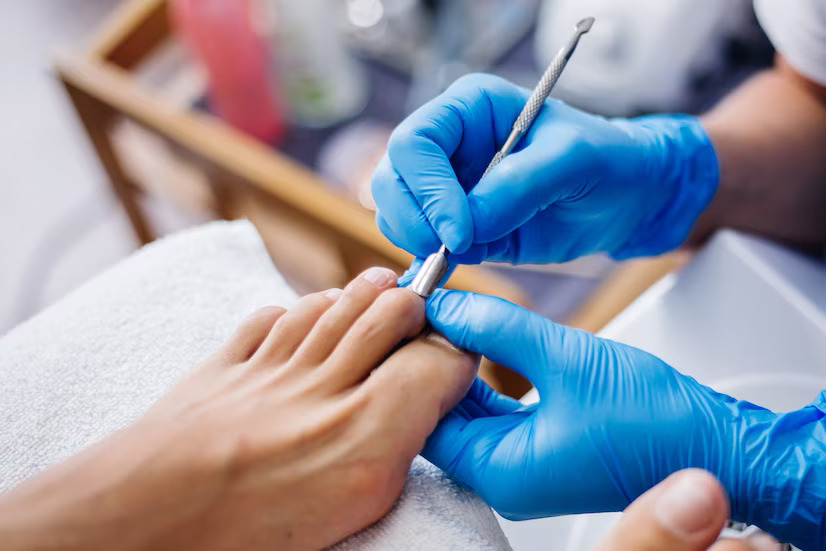- About Us
- Treatments
Skin Treatments
MenuMenuHair Treatments
MenuBody Treatments
Menu - Procedures
Aesthetics
MenuCosmetic Surgery
Menu - Training
- Products
- Gallery
- Contact Us
Ingrown toenails can be a painful condition resulting from abnormal growth of the sides and corners of the toenail into the surrounding soft flesh. While it is a common issue, it can cause discomfort, swelling, and redness, primarily affecting the big toe on one or both sides.
Though ingrown toenails can be treated at home in mild cases, seeking medical attention from a podiatrist (foot specialist) becomes necessary if the toenail gets infected or if you have underlying medical conditions like diabetes. However, the good news is that ingrown toenails can often be prevented by taking precautionary measures.
For comprehensive knowledge about the causes, symptoms, diagnosis, treatment, and prevention of ingrown toenails, consult Dr. Samatha at Dr. Samatha Clinic and Wellness Centre in Hyderabad.

Anyone can experience ingrown toenails, but some individuals have a higher risk, such as:
Ingrown toenails occur when the sides or corners of a toenail grow into the surrounding flesh, often affecting individuals with big toes and sweaty feet. Contributing factors to ingrown toenails include:


The symptoms of an ingrown toenail may include:
In most cases, you can identify an ingrown toenail through its signs, symptoms, and clinical appearance. However, consulting a podiatrist for a physical examination is recommended. The diagnosis is based on the appearance of the skin around the toenail, which may be growing over the nail, swollen, red, or tender. Additional tests or X-rays are rarely necessary, but they may be done if a severe infection is suspected.


Prevention is essential, and several steps can help avoid ingrown toenails:
Mild cases of ingrown toenails can be managed at home using remedies, while more severe cases may require surgical intervention. For mild cases, you can try the following home treatments:


The surgical procedure is usually performed on an outpatient basis and may involve local anesthesia.
For proper evaluation, early detection, and prompt treatment of ingrown toenails, visit Dr. Samatha at Dr. Samatha Clinic and Wellness Centre in Hyderabad. We aim to provide comprehensive care and alleviate your discomfort effectively.
Book An Appointment